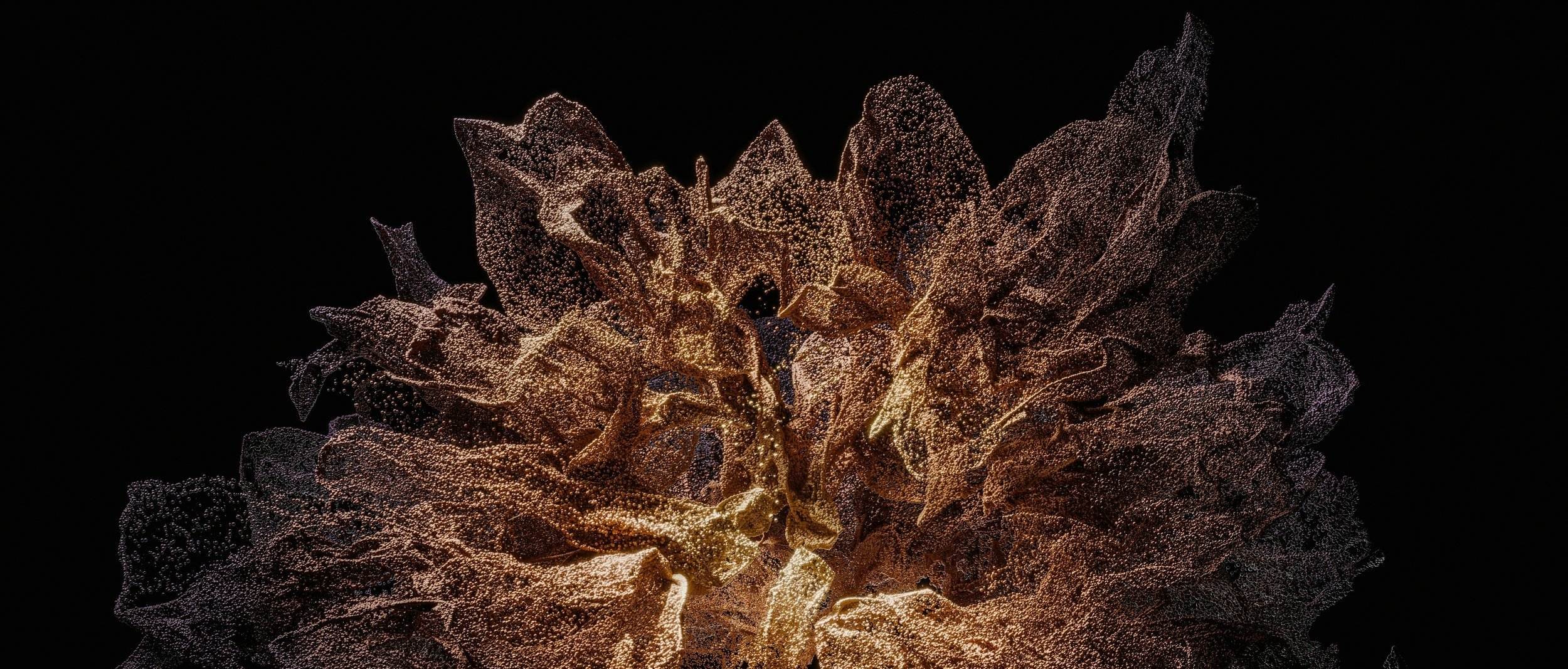Welcome to Body Portal
Somatic Movement in the Twin Ports
For All Ages & Abilities
-

Authentic Movement Workshops
-

Kids Creative Movement Classes
-

Therapeutic Sessions for Individuals
What is somatic movement?
Somatic movement is a gentle, self-guided practice of moving according to one’s body’s impulses. Unlike other dance forms, somatic movement is completely internally-focused, and arises out of listening and responding to inner desires for expression.
‘Somatic’ comes from the Greek word ‘soma’ meaning ‘body.’ Somatic movement includes any approach to the body based on the soma or ‘the body as perceived from within.’ Because our dominant culture teaches us to disconnect from our bodies and override sensations, it often feels foreign to listen closely to our bodies at first…but over time, it becomes easier to discern what our bodies are telling us.
Who can do somatic movement?
Somatic movement can be done by every body meaning people of any age, ability, body type, or background experience. Because it is self-guided, somatic movement can be done by people with trauma and is often a way to engage with unprocessed sensations or experiences being stored in the body.
What does somatic movement look like?
There is no “right” or “wrong” way to do somatic movement. Somatic movement can be done with eyes closed or open; standing, sitting, crouching, or lying down; moving quickly, slowly, or not at all; alone, with a partner/witness, or in a group. There are many different forms for doing somatic movement including Authentic Movement, Body-Mind Centering®, Feldenkrais Method, Somatic Experiencing, Contact Improvisation, and more. See below for a (growing) list of somatic movement practitioners and resources that can be accessed online or within the Twin Ports region.
History of Somatic Movement
‘Somatic movement’ as codified practice arose in Europe and the United States at the beginning of the 20th century in response to the modern industrial, colonial conditions that were restricting physical movement, forcing repetitive movement, and causing illness and injury among workers. The practice of listening closely to one’s body and using body-centered techniques to relieve pain and alter sensation is deeply rooted, however, in Indigenous cultures the world over. These cultural practices include Mapouka (ancient West African origins of twerking), Qigong, slave spirituals, and the Ojibwe jingle dress dance, to name a few.

“The body is a portal to our needs, our knowing, our dreams, our memories, our original cultures, our ancestors, our earthly relatives…in short, to our wholeness and belonging.” —Thomlin Swan
Instructor
Thomlin Swan (they/he) has been learning and practicing somatic movement since 2010. Thomlin received a certificate in Somatic Attachment Therapy in 2022, and has taught Authentic Movement, Contact Improvisation, and Grotowski-inspired physical theatre since 2015. Thomlin is dedicated to decolonial, antiracist, and gender-affirming practices. Thomlin has lived in Nahgachiwanong (Cloquet, MN) with their family since 2021.
Locations
Workshops, classes, and sessions take place in ADA accessible studios.




